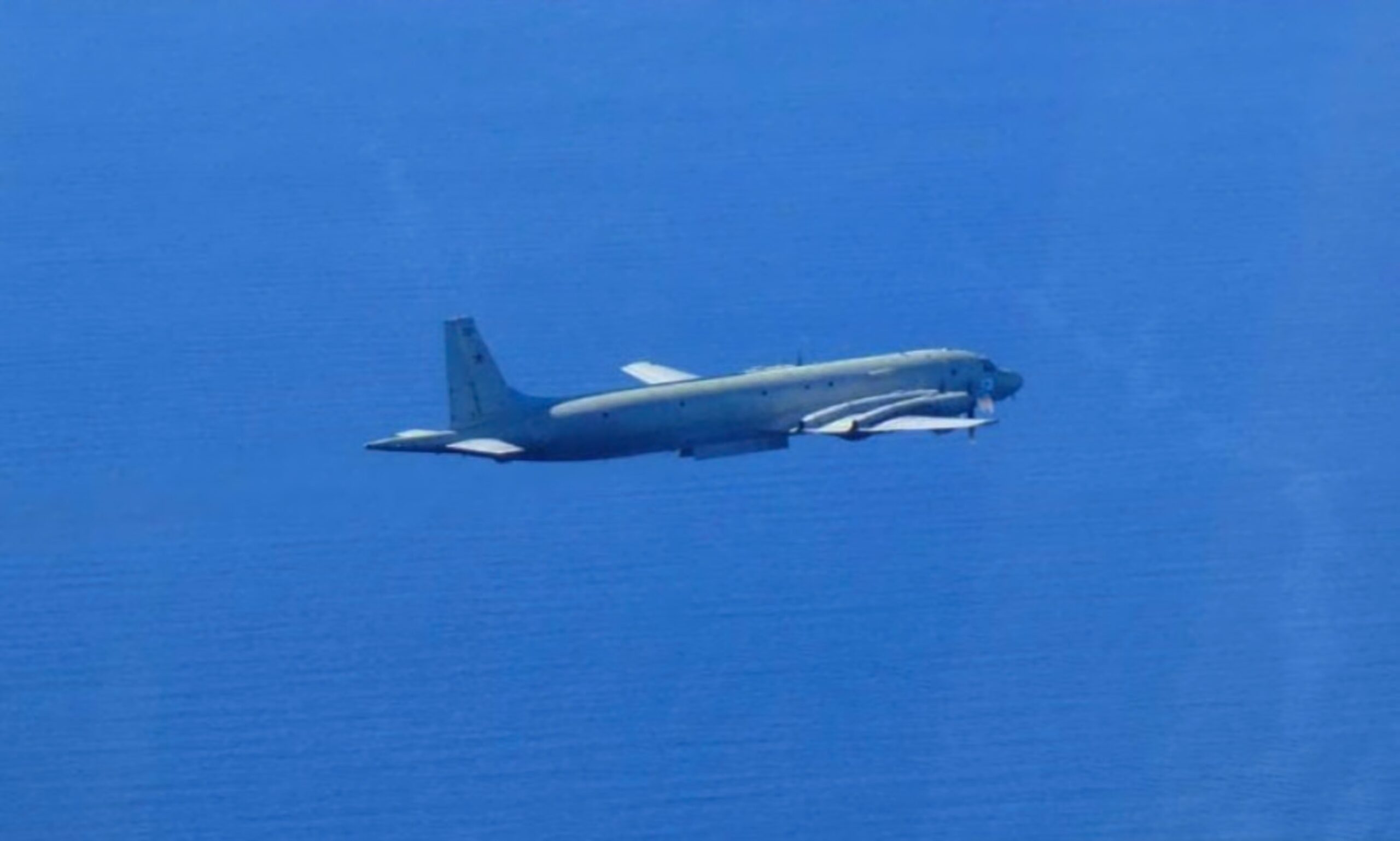Japan Scrambles Jets to Warn Russian Aircraft
Japan Scrambles Jets to Warn Russian Aircraft
The Japanese defense ministry has revealed that its fighter jets alerted a Russian spy aircraft to exit Japanese airspace by using flares for the first time. The incident, which took place on Monday, highlights rising tensions between Japan and Russia. As the military cooperation between Russia and China grows in the region.
According to Japan’s Defense Minister Minoru Kihara, the Russian II-38 maritime patrol aircraft ignored repeated radio warnings. This forced Japan to take action. An undisclosed number of F-15 and F-35 fighter jets were scrambled and fired flares as a warning. Kihara emphasised that this was a necessary and legitimate response to an airspace violation.
First Incursion Since 2019
This is the first publicly acknowledged airspace incursion by Russia since June 2019. In that instance, a Russian Tu-95 bomber entered Japanese airspace over Okinawa and the Izu Islands, south of Tokyo. Monday’s incident occurred above Rebun Island, just off the northern coast of Japan’s Hokkaido island. The Russian aircraft breached Japan’s airspace three times during its five-hour flight in the area. Kihara said he was very upset about the violation. “It’s really disappointing,” he said. Japan sent a strong complaint to Russia and told them to make sure this doesn’t happen again.
Japan’s Concerns Over China-Russia Military Ties
This recent airspace violation occurred just one day after a joint fleet of Chinese and Russian warships sailed around the northern coast of Japan. Japan’s defense officials suspect the Russian incursion may be linked to a joint military exercise that Russia and China had announced earlier in the month.
Japan has become increasingly concerned about the growing military cooperation between Russia and China. Chinese military activity in the region, especially near Japanese waters and airspace, has been on the rise. These developments have prompted Japan to reinforce its defences, particularly in its southwestern regions, which include remote islands critical to the country’s defense strategy.
Ongoing Airspace Violations
This is not the first time Japan has had to deal with airspace violations. A Chinese Y-9 reconnaissance plane briefly flew into Japan’s southern airspace in late August. Earlier in September, Russian military aircraft were spotted flying around southern Japan.
Japan’s air self-defense force reported that it scrambled jets 669 times between April 2023 and March 2024. With nearly 70% of those incidents involving Chinese military aircraft. Not all of these encounters resulted in actual airspace violations.
Rising Bilateral Tensions Over Ukraine
The latest airspace violation happened as tensions between Japan and Russia are growing. This is mostly because Japan supports Ukraine in its conflict with Russia. Japan has sent money and supplies to Ukraine and punished Russian people and companies with sanctions. This has made things worse between the two countries.
Japan and Russia also have a long-standing argument over a group of islands. Japan calls them the Northern Territories, but Russia controls them. Russia took the islands after World War II, and this argument has stopped them from signing a peace treaty since the war ended.
Japan’s Measured Response
Following Monday’s incident, Japanese Prime Minister Fumio Kishida urged his government to respond “firmly and calmly.” He called for cooperation with the United States and other nations to address the situation. Japan is also working closely with its allies to monitor the growing presence of Russian and Chinese military forces in the region.
Kihara said Japan would not speculate on the specific intent behind Russia’s actions. He stressed that the Russian military’s activity in the region has been on the rise since the invasion of Ukraine. Japan plans to continue using flares and other defensive measures. In order to needed to protect its airspace. “We plan to use it without hesitation,” Kihara added, referring to the deployment of flares.

